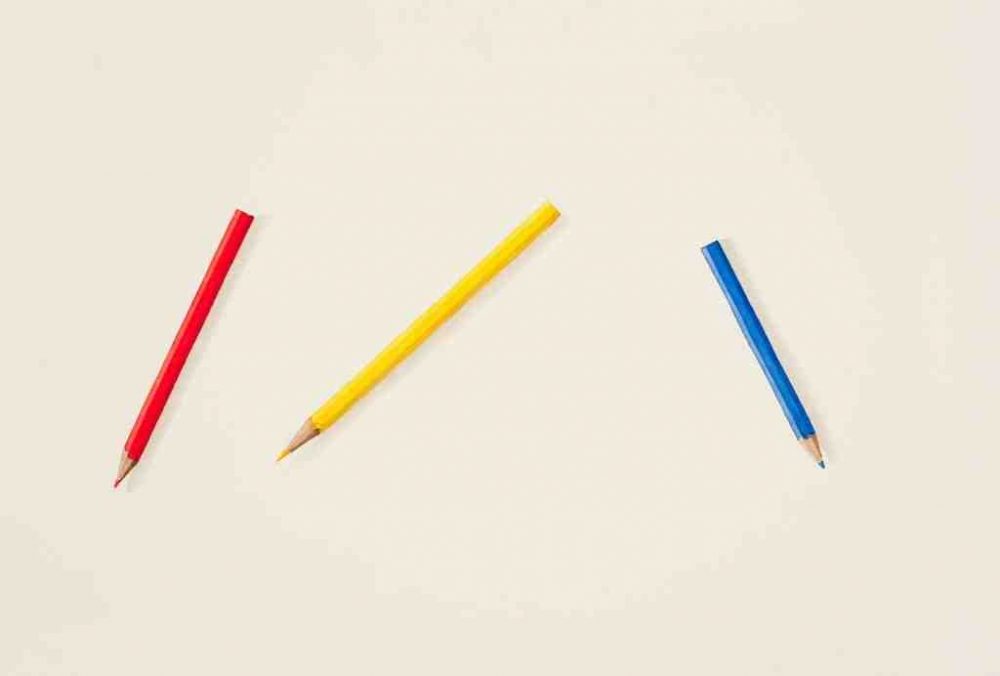The Future of Arts Criticism: Part 2
Before Pelican Bomb’s close, three Art Review contributors contemplate the future of arts writing in New Orleans.

Liu Ye, Composition with Red, Yellow, Blue, 2013. Serigraph. Collection of the Ullens Center for Contemporary Art, Beijing. Image via Artsy.
Editor's Note
Pelican Bomb’s staff is small, and we wouldn’t be anywhere without the hard work of our Art Review contributors. Since 2011, our base of writers has grown exponentially, including seasoned art critics, creative-nonfiction writers, and arts administrators of all stripes. While Pelican Bomb is closing, we hope that our contributors will keep up the conversations they’ve begun, writing about contemporary art in New Orleans for local, regional, and national publications. We asked a few of Pelican Bomb’s writers to reflect on the future of arts writing in the city.
Last week, Taylor Murrow and Benjamin Morris shared their thoughts. Nic Brierre Aziz, Marjorie Rawle, and Emily Wilkerson join in below.
While art of all types is deeply ingrained in New Orleans’ DNA, contemporary visual art has arguably always taken less precedence over more consumable disciplines. Music and food tend to be much more accessible and weaved into the everyday lives of the average New Orleans citizen (and visitor), and as a result, these forms are held in higher regard and demand. Despite this paradigm, contemporary visual art certainly has the ability to enhance its prominence within the city’s cultural ecosystem. This will occur through more thoughtful and intentional exhibition curating along with more arts-integrated education.
In a city such as New Orleans, the lines between what is art and what is life are even more permeable than in other communities. This translucence should be used more strategically as an advantage—especially as a means to engage less artistically enthusiastic individuals. The future of art and its criticism in New Orleans also, unsurprisingly, lives with the city’s youth. Creating a population of young people who are more engaged with the arts, particularly visual, while cultivating their ability to describe and analyze what they see is something that would greatly benefit not only the contemporary art world, but also the city as a whole. Thankfully, organizations like KidSmART are already doing this in numerous schools across the city. For contemporary art and art criticism to truly evolve and thrive in New Orleans, those already in these worlds—a still largely white group of gatekeepers—will need to work endlessly to bring others in, to enhance the palette of the industry’s traditionally monochromatic canvas.
—Nic Brierre Aziz
The future of art criticism in New Orleans depends on our faith in dialogue. At the risk of sounding sentimental or clichéd, this is a place like no other. Traditional art world methods and institutions often don’t fit the irregular cultural and economic topography of the city, prompting us to think outside of traditional models that may work elsewhere. One thing that has always thrived in New Orleans is conversation—at home, in the street, in line at the grocery store—which to me, bodes well for art criticism. Rather than treating it as a discipline with limiting structures and set procedures, it’s possible that viewing our knack for chit-chat as a productive space could foster newly fluid frameworks and futures for our art world at large, and especially for our art criticism. With creative production at the very center of New Orleans’ identity, the potential for discussion and critical thought is virtually limitless, as long as we’re willing to do equal amounts of talking and listening to each other, to ourselves, and to our city.
—Marjorie Rawle
As writers, we catalogue events, experiences, and important conversations. In an intensely digital age of succinct social media posts and sensational headlines, we work to complicate this reductive approach to ideas and opinions, and the notion of a singular point of view. We ask readers to critically examine the world around them, knowing that our vast and varying perspectives continue to be crucial in cultivating greater understandings of each other.
Some of my favorite experiences writing for Pelican Bomb have been the conversations with my generous editors, Cameron Shaw and Charlie Tatum, in the editing process. Their thoughtful comments challenged me to strengthen my voice and ideas. Those discussions carried on to create important dialogues with friends, colleagues, and strangers, near and far, after an article or interview was published. Whether it was a compliment, a shared excitement, or an alternative viewpoint, the responses to the writing itself were, and continue to be, the most important part of my writing process.
My hope for arts criticism in New Orleans is that this part in the process proliferates—be it though creating small discussion groups; more spontaneous exchanges in galleries and museums; a passionate, perhaps uncomfortable, debate over coffee or a beer; and even more pointed questions to our directors, funders, and policymakers. Arts criticism can move fluidly among many aspects of our lives, and must continue to do so. We must hold each other accountable, at home and beyond, and continue to make space for these imperative conversations that challenge us in ways that, ultimately, open doors and hearts.
—Emily Wilkerson



